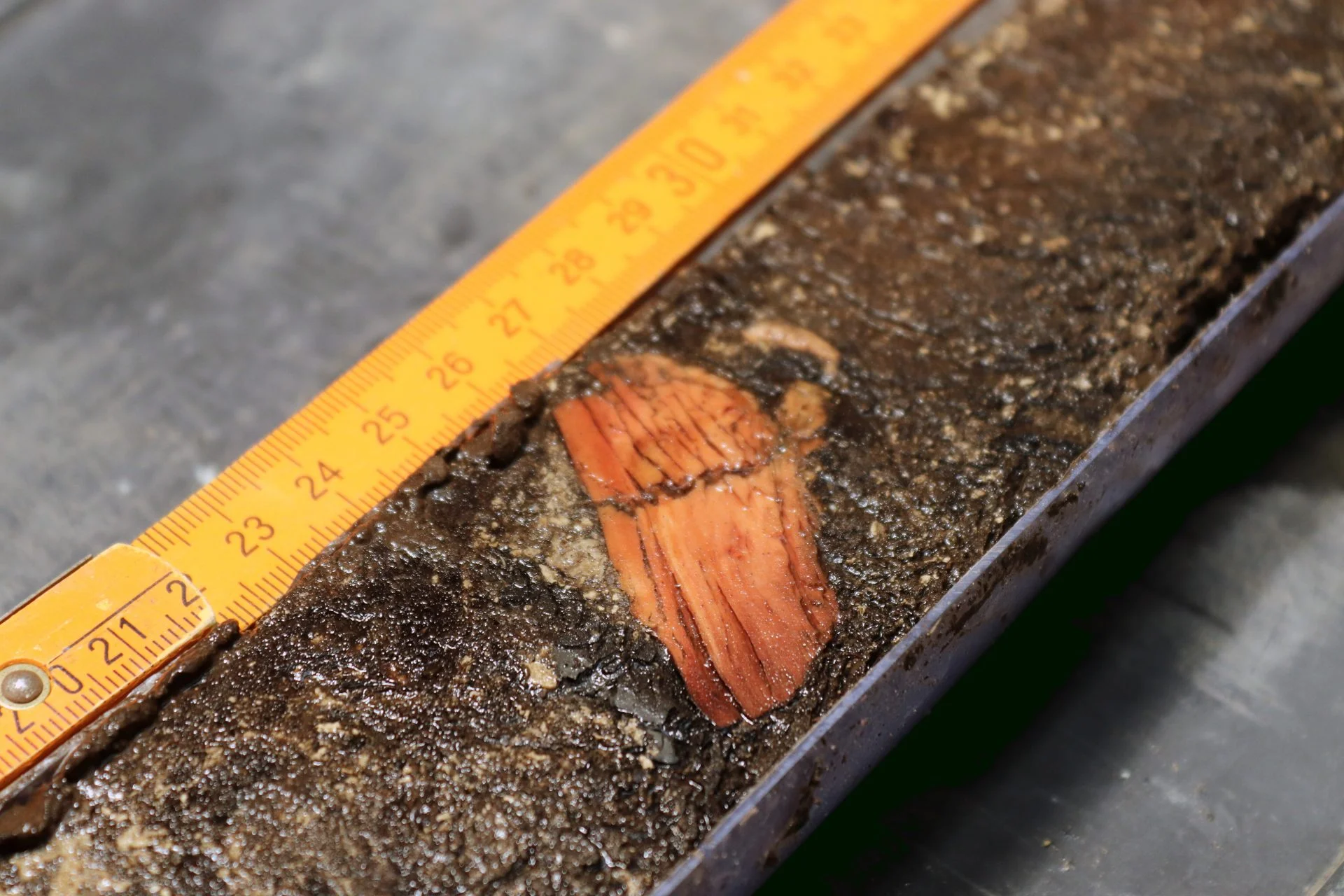A new study by the Senckenberg Centre for Human Evolution has revealed that people in Europe used slash-and-burn methods to make land usable for agriculture during the Mesolithic period.
The team took core drill samples in the Ammer Valley in Germany and reconstructed the paleoclimate through a pollen analyses on micro and macro charcoal remains. The study, published in the “Journal of Quaternary Science” reveals that the samples date from around 10,100 and 9,800 years ago and suggests that the open and moisture-rich vegetation at the time was dominated by natural fires.
The Mesolithic began with the Holocene, a climate change that saw a warm period about 11,700 years ago which also brought about reforestation of pine, birch and hazel. The herds of ice-age steppe animals such as reindeer or mammoth were replaced by forest animals such as deer and wild boar.
“Typical for the Mesolithic are so-called microliths – small flint implements, which at the beginning of the Mesolithic were mostly made in a triangular and later a quadrangular fashion. Numerous artefacts of this type have been recovered from the Mesolithic scattered finds of Rottenburg-Siebenlinden near Tübingen, Germany,” explains Shaddai Heidgen, a PhD student at S-HEP.
The landscape of the Ammer Valley changed during the Mesolithic period, creating favourable conditions for Mesolithic settlements such as the ones found in Rottenburg-Siebenlinden. The fires created attractive sites for herbivores as well as pioneer vegetation such as hazelnuts.
According to the study, the people of that time began to use the slash-and-burn methods specifically for their own purposes, starting 9,500 years ago.
Heidgen said: “Our charcoal and pollen analyses show that the frequent fires in a landscape increasingly dominated by deciduous trees were controlled by Mesolithic hunter-gatherers. Moreover, the archaeological horizons of the Mesolithic settlement area coincide with the rather weak but frequent fires.”
Senckenberg Research Institute and Natural History Museum
Header Image : Using pollen analyses, micro and macro charcoal remains, and reconstruction of the paleoclimate from sediment cores, the research team studied the landscape evolution of the Ammer Valley. Image Credit : Martin Ebner





